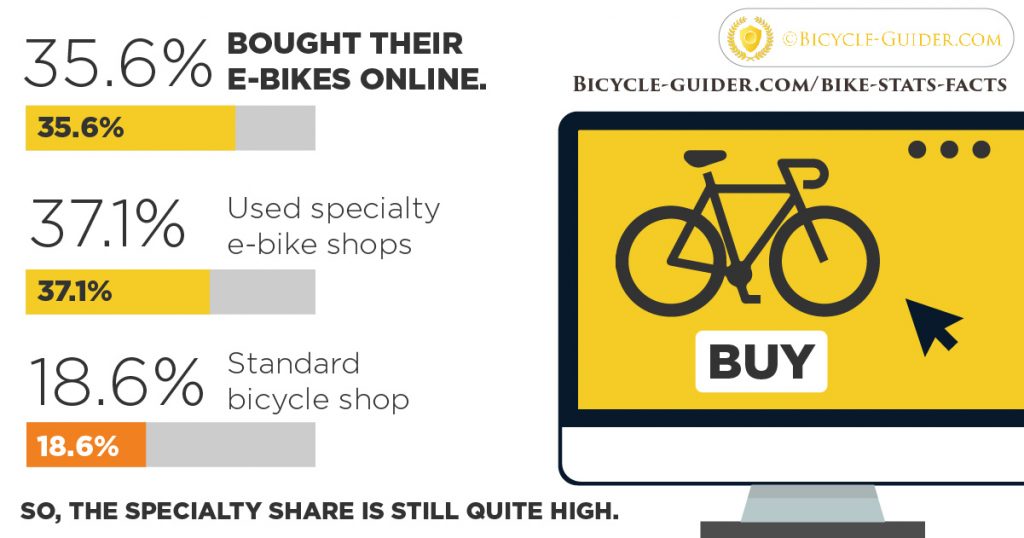Understand The Lawful Requirements In Your Area To Ride Your E-Bike Both Safely And Legally
Understand The Lawful Requirements In Your Area To Ride Your E-Bike Both Safely And Legally
Blog Article
Material Writer-Riis Hebert
Prior to you get on your e-bike and hit the streets, it's important to comprehend the laws and laws that regulate your city. From rate restrictions to assigned riding areas, there's a whole lot to think about to ensure you're certified and safe. By acquainting on your own with the regulations details to e-bikes, you'll be much better outfitted to enjoy your experiences without any unexpected legal problems. Stay tuned to uncover key understandings that will aid you browse the e-bike landscape in your city flawlessly.
Understanding E-Bike Category
When it involves navigating the realm of e-bike legislations and policies, an important starting factor is comprehending the classification system that classifies these electric bikes. E-bikes are generally classified into three primary classifications: Class 1, Course 2, and Class 3.
Class 1 e-bikes are pedal-assist just, meaning they offer help while the rider is pedaling and have a maximum speed of 20 miles per hour. These bikes are allowed in areas where typical bicycles are permitted.
Course 2 e-bikes are equipped with a throttle that can propel the bike without pedaling. They additionally have a maximum speed of 20 miles per hour and appropriate for cyclists who may need support without pedaling constantly.
Class 3 e-bikes resemble Course 1 but with a higher maximum speed of 28 miles per hour. These bikes are commonly limited from specific bike paths or trails due to their higher speeds.
Understanding these classifications is essential for adhering to local regulations and making certain a secure and satisfying e-biking experience.
Navigating Speed Limits and Restrictions
To efficiently browse e-bike regulations and regulations, it's important to comprehend the rate limits and restrictions that apply to various courses of electric bicycles.
Speed limitations for e-bikes vary relying on the classification of the bike. Class 1 e-bikes, which are pedal-assist only and have a maximum speed of 20 miles per hour, are normally permitted on bike lanes and courses.
Course 2 e-bikes, which have a throttle in addition to pedal-assist and also reach speeds of up to 20 miles per hour, might be limited in certain locations where motorized vehicles aren't allowed.
https://lukasragms.theobloggers.com/38400337/crucial-insights-right-into-e-bike-regulations-and-rules-for-beginners-in-your-city -bikes, with pedal-assist up to 28 miles per hour, are normally required to adhere to the exact same policies as typical bikes.
It is essential to adhere to these speed limits and restrictions to guarantee your security and the safety and security of others when traveling. Prior to riding your e-bike, familiarize on your own with the specific laws in your city to avoid any type of potential penalties or lawful concerns.
Where to Ride Your E-Bike
To determine where you can ride your e-bike, it's necessary to understand the regulations and standards specific to your place. In many areas, e-bikes are typically allowed on roads and roads where conventional bicycles are permitted. This might include bike lanes, bike courses, and shared highways. However, it's essential to inspect neighborhood legislations as some cities might have details constraints on where e-bikes can be ridden.
When riding your e-bike, always focus on safety and security by complying with traffic guidelines and appreciating pedestrian walkways. Additionally, bear in mind any type of designated bike lanes or courses in your area and use them whenever feasible to ensure a smoother and safer ride.
Some cities likewise have guidelines concerning e-bike usage on walkways, so ensure to familiarize yourself with these guidelines to prevent any kind of penalties or charges.
Conclusion
Now that you know with the laws and regulations surrounding e-bikes in your city, you can confidently hit the road knowing where you can ride and what constraints put on your e-bike classification. Remember to always focus on safety and follow the regulations to make certain a smooth and lawful trip. mouse click the next internet page riding!
